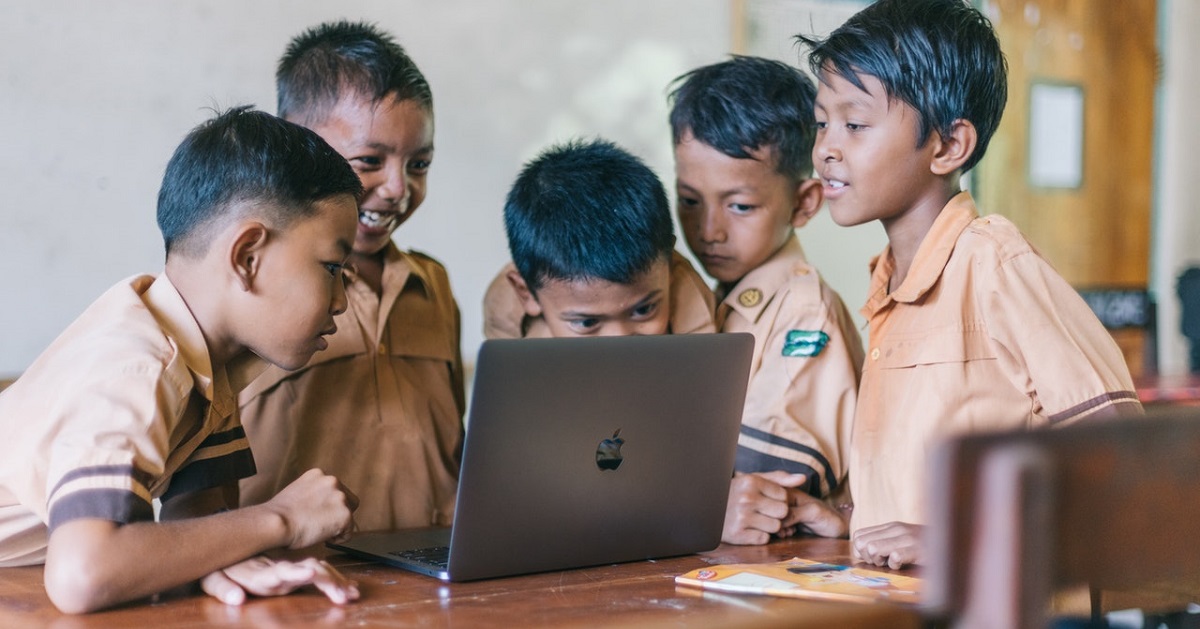
School time is precious and usually rather inflexible, but some schools are adding a little more flexibility and personalization into their learning time to the benefit of students. The concept is called “flex time” or “W.I.N. Time” which stands for “What I Need Time.”
Getting flexible about learning time
Most schools are pretty locked into their daily schedules. Students and teachers generally follow the same schedule week after week, which may not be serving students the way they need. Individual needs, extra help, or challenge opportunities are usually reserved for before or after school — or don’t happen at all. With WIN time, students have built-in school-day time to get what they specifically need. “A flex block is a flexible time period set aside in the school day that gives students time for extra help or enrichment opportunities,” according to Enriching Students, a web-based scheduling tool for high/middle school RTI, enrichment, and personalized learning. “In addition to helping students catch up or meet competencies, it allows them to pursue topics and activities that interest them.” Embedding WIN time requires some scheduling creativity and an open mind. When dealing with hundreds of students, the daily schedule keeps things moving smoothly, but its rigidity can leave learning lagging.
Reasons for embracing a flex schedule
How many times a week do teachers say, “I wanted to do this, but we ran out of time”? Flex time gives teachers time to really dive into content or skills-learning. Students can receive extra help that’s tailored for them, or challenge opportunities they wouldn’t otherwise get in the traditional classroom. Flex time can also be used for project-based learning, research time, skills-building, and student-driven learning that allows students to make choices about what they need and want to learn during the school day. Flex time “offers students a chance to work on school assignments, meet with teachers to review content, or choose to attend enrichment offerings,” according to Unlocking Time, a national project that empowers K-12 school leaders to adopt new time strategies that fuel student-centered learning. “Teachers can assign students to intervention or review work if needed; otherwise, students can choose an enrichment class to attend, complete homework, or work on class projects…While the format might vary from school to school, the purpose remains the same: to give students a chance to follow their own interests and manage their own learning time.”
What does flex time look like?
At Aragon High School in San Mateo, California, flex time is truly student-driven. “Flex time is a period of thirty-five minutes offered on Wednesday and Thursday that gives students the time to support their own academic achievement. Flex time allows students to make up or retake tests/quizzes/assignments, get help with assignments or projects, have time for homework completion, have time to work on group projects, or have access to college/career information from the guidance staff. For flex time to be effective, students must make wise choices about how to best use their time.” Teachers can also make appointments with students during this block and students are expected to show up to those appointments.
At Rocky Mountain Middle School in Idaho, flex time is an interventional time period for those who need it, while those achieving mastery can have a break from learning. “Students whose grades show that they need extra help with mastery will go for the 30-minute block of time to the classroom/teacher of the class in which they need the help. Students whose grades show that they have gained mastery will go to an activity of their choice for that 30-minute block of time.” Examples of activities include basketball in the gym, a movie in the auditorium, social time in the cafeteria, games and studying in the library, computer games in the computer lab, different sports activities outside (weather permitting), etc.
At Stillwater High School in Minnesota, students have over 100 choices for flex time, including academic support, clubs, and activities. “Flex time is a period of time when students either attend a class with an adult advocate for personalized planning or they select an opportunity to seek help with academics or expand on interests,” the school says. Some Flex Days are used for personalized planning throughout the year. The school embraced flex time for relationship building where “students will connect with staff and other students who share common interests and/or goals;” Academic equity, where “students will have individualized access to teachers and resources to enrich and support learning during school hours;” and Social/Emotional Well-Being where “students’ wellness needs will be supported through flexible time that allows for student choice during the academic day.”
Many schools post their WIN or flex time programs on the web, which is useful in researching and finding a solution that works for your school.
Jennifer L. M. Gunn spent 10 years in newspaper and magazine publishing before moving to public education, where she has been for nearly a decade. She is a curriculum designer and public high school educator in New York City. Jennifer is the creator of Right to Read, a literacy acceleration program for urban adolescent youth that’s steeped in social justice. She is an education writer and is co-founder of the annual EDxEDNYC Education Conference, which won the New York City Department of Education Excellence in School Technology Award this year. Jennifer regularly presents at conferences on the topics of adolescent literacy, leadership, and education innovation. Follow Jennifer online at www.jenniferlmgunn.com or on Twitter.
Categorized as: Tips for School & District Administrators
Tagged as: Classroom Instruction, Classroom policies, Student Engagement, Teacher Best Practices
